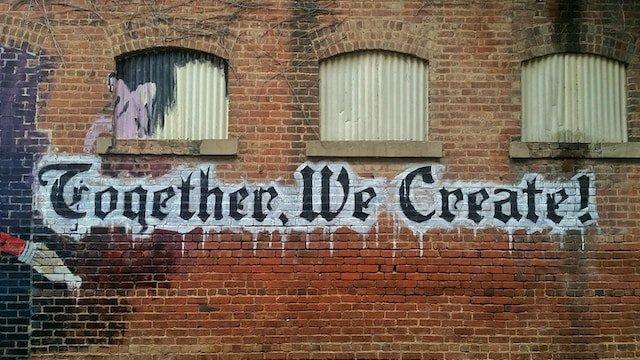What I Learned When I Moved From Media To The Non-Profit Space
Starting a new journey with aikyam fellows, and some life lessons
When you have worked in media and allied fields for over 20 years, you develop a certain worldview that is tinged with an unreal mix of cynicism and hesitant optimism. When I first heard about Aikyam Fellows close to a year ago, I had only a hazy idea about what a tech NGO does, and the impact it can create at a grassroots level.
I joined the organisation around two months ago, and I have been on a learning curve ever since. At Aikyam Fellows, we help NGOs and other change-makers leverage technology. It’s strange as to how I never realised before just how inaccessible technology is for the people who need it the most: vulnerable communities and the people and organisations that work towards empowering them. Of course, no one gets out of engineering school thinking, hey, let me go work in rural India, making lives and communities better. It’s not really anyone’s fault; it is just the way the world is structured.

Photo by "My Life Through A Lens" on Unsplash
While changing people’s outlook towards life choices is difficult, Aikyam Fellows focuses on finding tech talent, especially from underserved communities, and trains them to help NGOs by using free and open source software (FOSS). Working with this team has been an eye-opener for me, as they take in requests as basic as building a website to implementing ERP solutions, and handhold NGOs while finding innovative solutions for their problems. And it’s not a build-and-hand-over approach. The team actively handholds these NGOs with training and continued support, acting as the tech resource for their needs, no matter how big or small.
What in the world is FOSS?
This fellowship has also been my initiation into the FOSS universe. I came here with a very limited idea about FOSS tools, perhaps not going beyond a cursory idea of Linux. My first major exposure to FOSS was attending the OASIS Summit in Bangalore in September. For a tech noob like me, it was like wading through an ocean of unintelligible terms. I kept hearing terms like Github, Frappe, and the like, and wondering if I would ever make head or tail of this.
But attending a few speaker sessions at the event gave me an idea of what FOSS tools are, and how people and organisations can use them and customise them for their own needs. This was where I first learned that the world’s largest social media website, Facebook, uses open source software like Linux; of course, the company has optimised it for its own particular use. Some of the challenges that FOSS faces is that these tools are still imagined and created by developers, for developers. Hence, they may not be as user-friendly for end users. Besides, to be widely adopted, FOSS tools have to be as good as proprietary software. But these are, by no means, insurmountable problems. And the more I see of this world, the more I understand that there are dedicated communities out there who are working to make FOSS tools accessible and readily available.
Hola, AI
Another thing that I had not encountered as much in the world outside was also the extensive use of AI, for content creation. And when I say content, I am referring to both images and text. Having come from the field of media and branding, I have seen copywriters and social media planners use AI extensively for everything from blogging to writing brand proposals and creating social media content. However, by the very fact of being in those industries, they have also learned to source AI content and edit it to suit their styles and needs. As a writer, it is would be naive of me to dismiss AI’s capabilities because this technology is here, and it is here to say. Also, it is actually a great tool for those who struggle to write: it is great at churning out stuff like research, emails, everyday content for admin requirements, providing creative prompts, etc. But the one thing it won’t help you do is to find your voice, and build your creativity.
And why is creative thinking so important? Can AI not do the job for us? AI is of course, excellent at divergent thinking and hence, brainstorming. But it cannot create new worlds for us. A 2022 article by Angus Fletcher, a professor of story science, in the Harvard Business Review says this about AI, “AI can’t imagine new technologies, business plans, or corporate strategies. Which means that those creative activities — and, by extension, many others — require something more than divergent thinking. That “something,” it turns out, occurs in nonlogical, motor regions of the human brain.”
Change is the only constant
When I tell people I am now working in the non-profit sector, and that too with an organisation that is primarily about technology, I get varied reactions, from ‘wow’ to ‘what in the world are you doing’, and ‘how are you going to do this’. My response to all of this is quoting Greek philosophers about the inevitability of change, and explaining that perhaps I have been given an opportunity that few get: to pivot, and to learn interesting things as I do so. As I join in on more and more conversations with change-makers, I understand that there is a huge gap where impactful storytelling is needed. And maybe, I think, I can also step up and make a difference.
No comments yet. Login to start a new discussion Start a new discussion